Rosenwald schools played important role for Black students in the South | Gene Hall
- Oops!Something went wrong.Please try again later.
- Oops!Something went wrong.Please try again later.
And if thou draw out thy soul to the hungry, and satisfy the afflicted soul; then shall thy light rise in obscurity, and thy darkness be as the noon day. Isaiah 58
Julius Rosenwald was a Jewish businessman who apparently saw problems as opportunities in work clothes. He was largely responsible for the growth and success of Sears Department stores.
According to the Sears Archive: From 1895 to 1907, annual sales skyrocketed from $750,000 to $50 million. After Rosenwald stepped down as Sears president in 1924, he devoted most of his time to philanthropy. Over the course of his life, he donated millions of dollars to public schools, colleges and universities, museums, Jewish charities and Black institutions.
Historic school: Florida A&M unveils historical state marker at Lucy Moten School site on Friday
High school burns: "Old" William Stevens High School in Quincy burned to ground
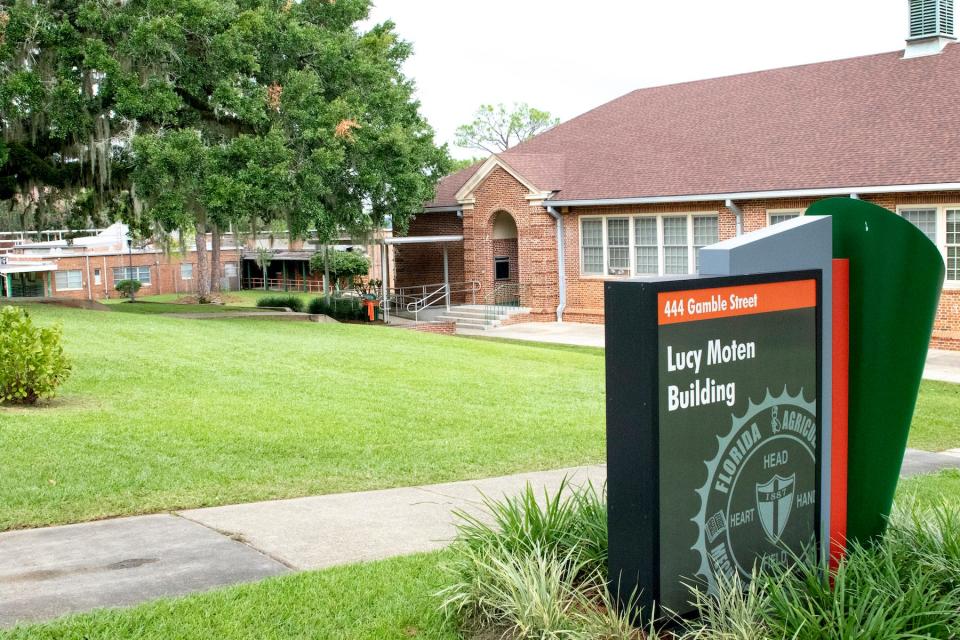
Based upon information I gathered from the National Trust for Historic Preservation it appears that of all his philanthropic efforts, Rosenwald was most famous for the more than 5,000 “Rosenwald schools” he established throughout the South for poor, rural Black youth, and the 4,000 libraries he added to existing schools.
The network of new public schools subsequently employed more than 14,000 teachers. In addition, Rosenwald funded housing for Black teachers of his schools, buses for pupils, libraries, and a very substantial collection of new books.
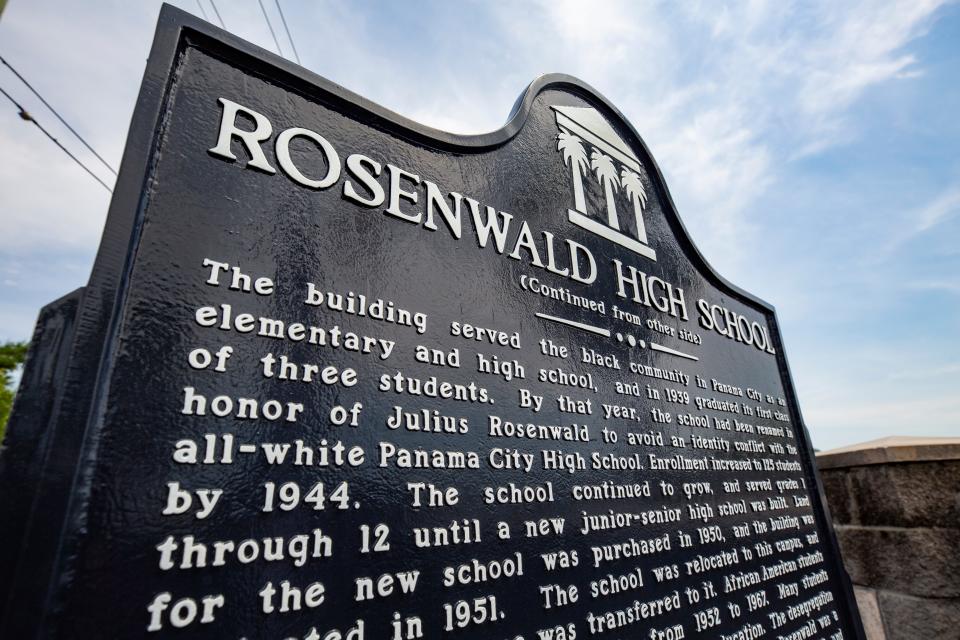
First schools in Black communities
Only African American teachers could teach at Rosenwald schools because of segregation. Most of the teachers came from Historically Black Colleges and Universities (HBCUs) like Howard, Fisk, and Tuskegee Institute.
After perusing through documents prepared by the National Park Service, I learned the Rosenwald School Building program was a Progressive Era initiative. He partnered with African American educator and activist Booker T. Washington. They built thousands of schools for Black students in 15 states.
The Rosenwald Schools, as they are known, were often the first schools in a Black community and helped improve education across the South.
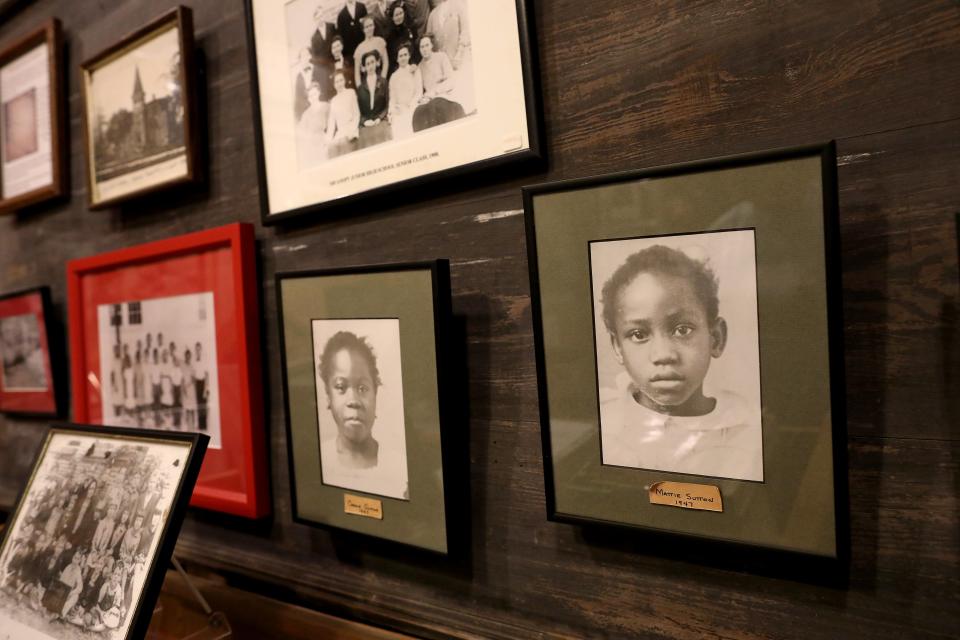
Sweat equity required
Why special funding for Black schools? Any cultural anthropologist can tell us that access to public education was poor across the South, and African American communities bore the brunt of it. I was astonished to find out that in 1909, in Lowndes County, Alabama, for instance, white schools received $20 per student while black schools only received 67 cents per child.
Rosenwald required sweat equity, meaning the communities who were granted a school and auxiliary resources had to come up with matching funds or make in kind contributions.
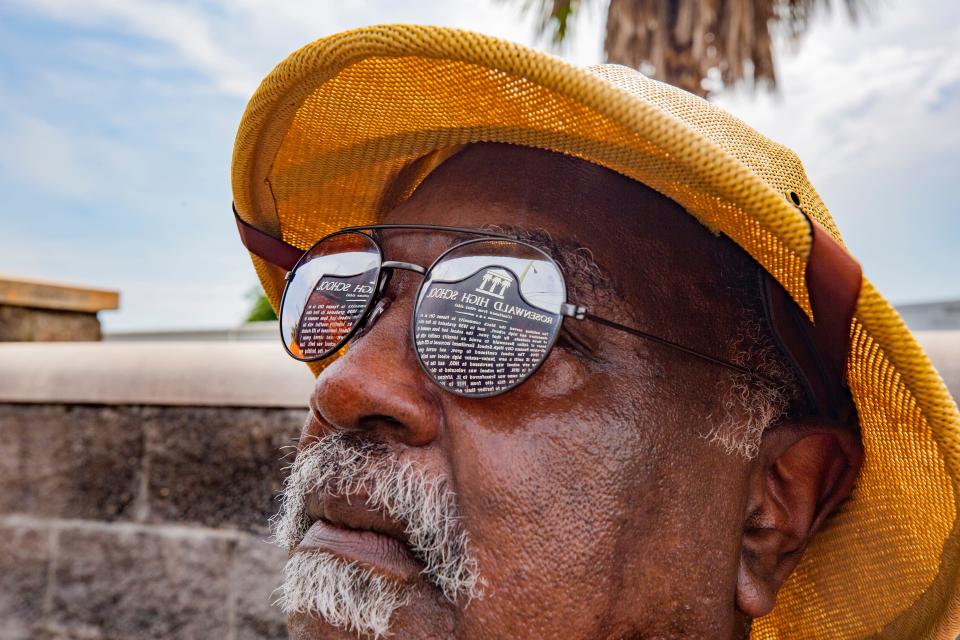
Accordingly, African American neighborhoods contributed labor and building supplies, held fish fries, bake sales, and gospel musical events to raise money so Black kids would not have to go to underfunded schools at rural churches and hush harbors.
Perhaps more pupils in today’s schools should be mandated to contribute to the up-keep of their facilities. I bet there would be less discipline problems and far more experiential learning going on.
African American communities raised millions of dollars in the two decades the schools were built. By 1928, one in every five Black schools in the South had been constructed using aid from the Rosenwald Fund and by 1932 Rosenwald Fund schools accommodated a third of the Southern Black school population across 15 states (Blackpast.org). It is estimated that over 600,000 Black pupils went to Rosenwald Schools.
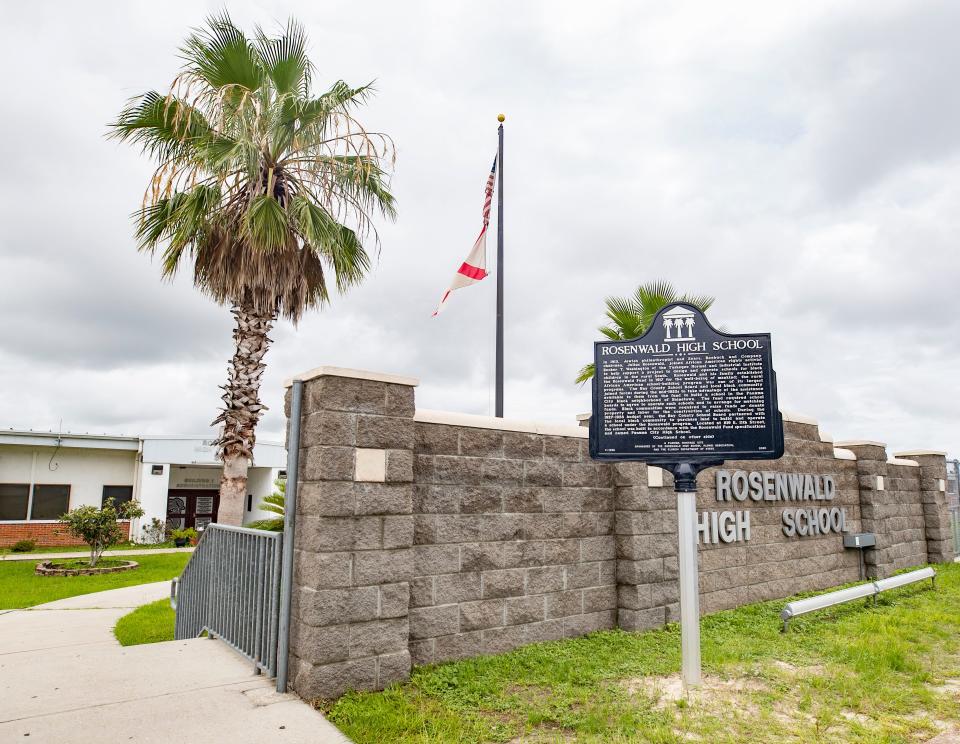
Torn down, abandoned, repurposed
What happened to Rosenwald Schools? Some school districts tore down the buildings after they closed. Others are repurposed and now utilized as community centers, Girls and Boys Clubs, YMCA centers, masonic lodges, and private schools. Ironically, most Rosenwald schools were abandoned and left to fall apart.
Concomitantly, the National Trust for Historic Preservation considers Rosenwald Schools a “National Treasure.” This is what I call tactically decisive and strategically influential.
The National Trust is providing technical assistance, grants, workshops, and conferences to help save these icons of progressive architecture for community use.
I concur with the experts…preserving a Rosenwald school preserves more than a building: it preserves a community’s heritage and evidence of its history.
National Trust for Historic Preservation article: ”African American Cultural Heritage Action Fund” ascertains the Mt. Zion Rosenwald School near Florence, South Carolina, was one of the first of such schools; it was built in 1925. It is a rectangular frame building with tall exterior windows.
Close to home
If we look closely we find them right under our nose.
For instance, the old Howard Academy school on Mamie B. Scott Drive in Monticello fits that archetype. It is now listed on the National Historic Register and is being renovated and preserved under a public-private partnership started by my now deceased cousin Louie Barrington Jr. and others.
Rosenwald High School in Panama City, which now serves as an alternative high school, was recognized as a historic landmark on June 162021.
Based on Wikipedia’s database there are at least 58 of these schools presently listed on the U.S. National Register of Historic Places.
They include: Bigelow Rosenwald School, Toad Suck, Arkansas; Cusseta Industrial High School, Cusseta, Georgia; Ridgeley School (Officially Colored School Number 1 of Prince George’s County, Capital Heights, Maryland); Coinjock Colored School, Coinjock, North Carolina; and Lincoln Grade School, Lehigh, Oklahoma.
And now abideth faith, hope, charity, these three; but the greatest of these is charity…1 Corinthians 13:13. Many admirers have said Rosenwald’s life serve as a blueprint for doing everything in one’s power to raise the fortunes of those who otherwise could not do so for themselves. I think the good Lord would be pleased if we all did likewise.
Rev. Gene Hall is Youth Minister at Providence Missionary Baptist Church. Contact him at ghallboard@yahoo.com.
Never miss a story: Subscribe to the Tallahassee Democrat using the link at the top of the page.
This article originally appeared on Tallahassee Democrat: Rosenwald schools were key for Black students during segregation

